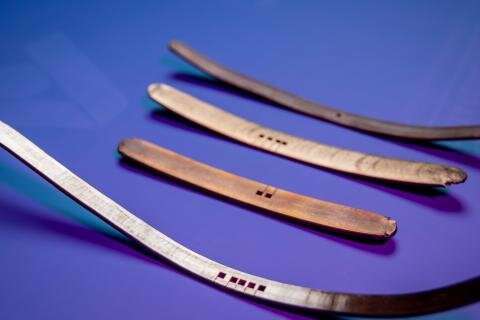The human identity is constructed from a host of different factors, and yet none define it better than that tendency of growing on a regular basis. This dedication to constant improvement has brought the world …
The human identity is constructed from a host of different factors, and yet none define it better than that tendency of growing on a regular basis. This dedication to constant improvement has brought the world some huge milestones, with technology emerging as quite a major member of the group. The reason why we hold technology in such a high regard is, by and large, predicated upon its skill-set, which guided us towards a reality that nobody could have ever imagined otherwise. Nevertheless, if we look beyond the surface for a second, it will become clear how the whole runner was also very much inspired from the way we applied those skills across a real world environment. The latter component, in fact, did a lot to give the creation a spectrum-wide presence, and as a result, initiate a full-blown tech revolution. Of course, this revolution eventually went on to scale up the human experience through some outright unique avenues, but even after achieving a feat so notable, technology will somehow continue to bring forth the right goods. The same has turned more and more evident in recent times, and assuming one new discovery ends up with the desired impact, it will only put that trend on a higher pedestal moving forward.
The researching team from the Critical Materials Institute, a U.S. Department of Energy Innovation Hub led by Ames National Laboratory has successfully developed a new method, which coins the prospect of manufacturing high-performance permanent magnets in a more feasible manner. Named as Hot-roll Nano Neo Magnet, the stated method works by producing a nanograin neodymium permanent magnet encased in stainless, and it does so using a very straightforward and scalable mechanism. To understand the significance of such a development, we must acknowledge how the current approach to manufacturing magnets is rooted almost entirely in a batch-centric process. This, at times, can end up exhausting huge volumes of energy, while simultaneously taking costs to an unsustainable mark. As a result, the researchers placed on the table a semi-continuous methodology to establish a greater control over how resources are used. However, when they went down to implement their idea; they faced a massive challenge of increasing the magnets’ resistance against demagnetization at high temperatures. The team would take on the stated challenge by leveraging a micron size powder for conceiving the proverbial magnets. Now, the usual path here would involve exposing this micron power to a magnetic field to make the magnetic poles of each of the particles point in the same direction. Next up, these poles would be fused together to achieve a compact structure. Once that bit is done, the material gets processed through two phases of hot deformation to further enhance the density of magnet. Considering the magnet is still likely to be a tad sensitive, it is given a final coating treatment, a step where the magnet notably gets a layer of nickel. Taking a step away from what clearly sounds like a complicated method, the researchers simplified the whole picture with just the integration of a stainless steel pipe.
“We end up just starting out as powders and then we pack them into a stainless-steel tube. We pack them really dense and then we just hot roll them,” said Jun Cui, a scientist at Ames National Laboratory. “We heat it up and then send it to the rolling mill and then the whole thing just goes.”
The breakthrough delivers an interesting follow-up to the growing importance of neodymium iron boron (Neo) permanent magnets, but despite the fact they are already being used in wind turbines, electric cars, cell phones, and plenty other areas, the material’s temperature limitations have kept its potential fairly untapped. You see, even moderate temperatures around 150°C (302°F) degrade the performance of such permanent magnets. Fortunately, though, the researchers behind this new method will hope they have made a huge stride in solving the said problem.
“We can make very long magnets continuously, which can be sliced into numerous smaller magnets,” said Cui. “So now you are suddenly looking at a completely new way of making magnets that is cost effective.”




